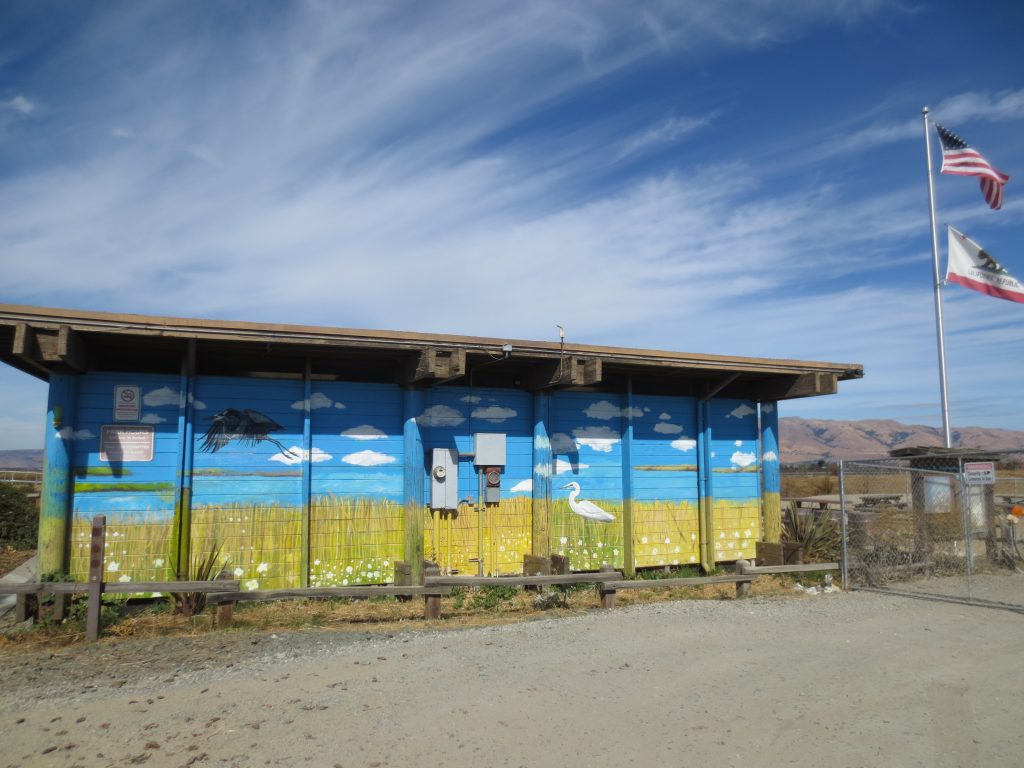
Mural by artist Xiangfei Bai (https://byfwfxf.wixsite.com/baibai/), painted with local youth and volunteers, found at Alviso County Park.
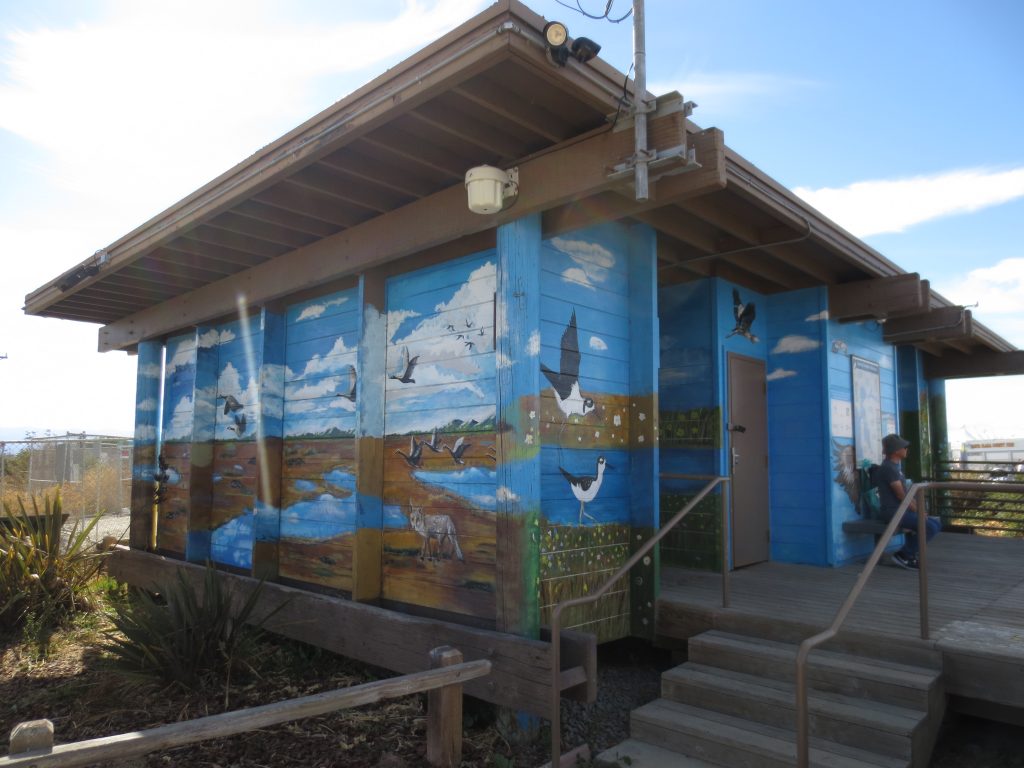
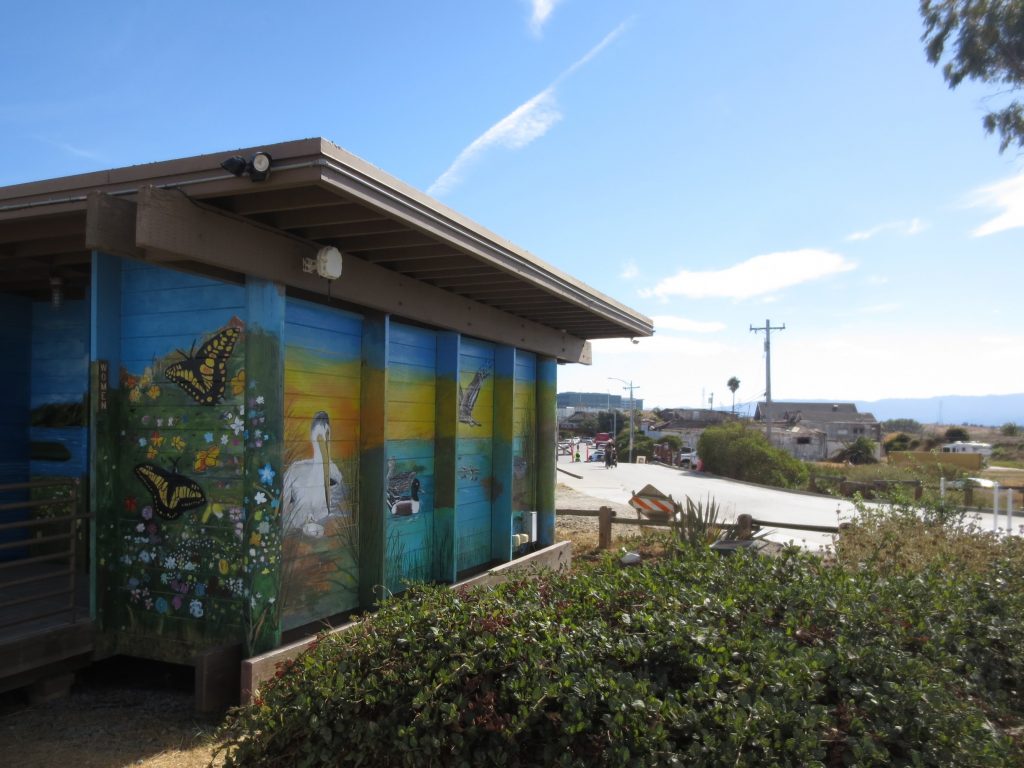
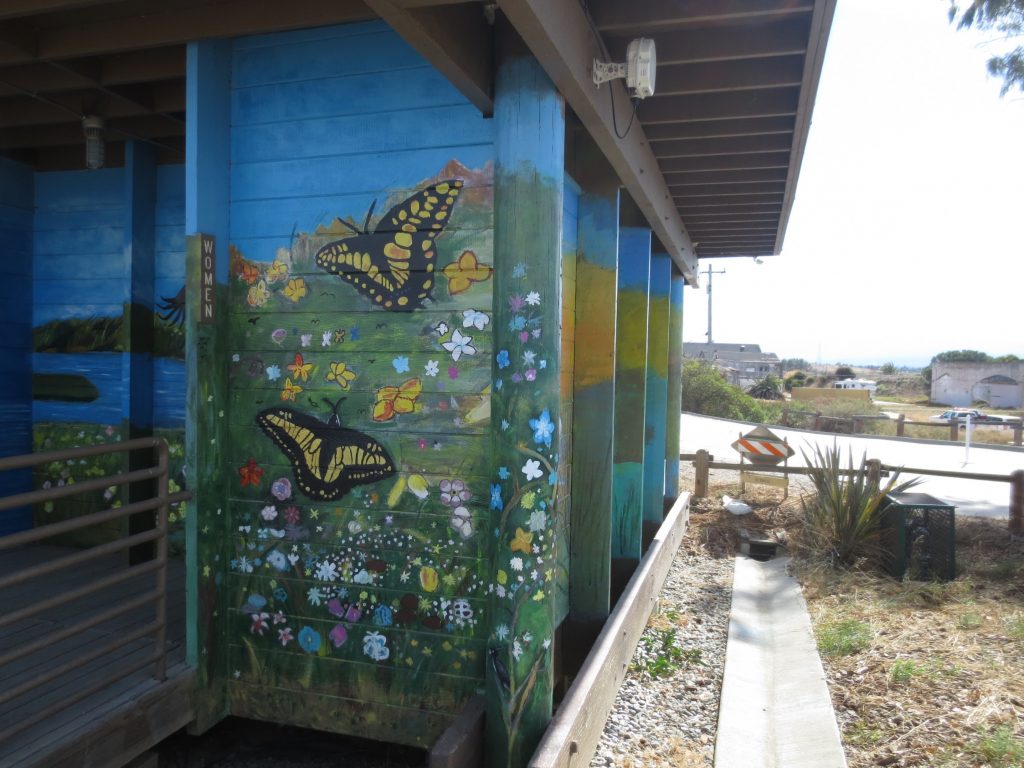
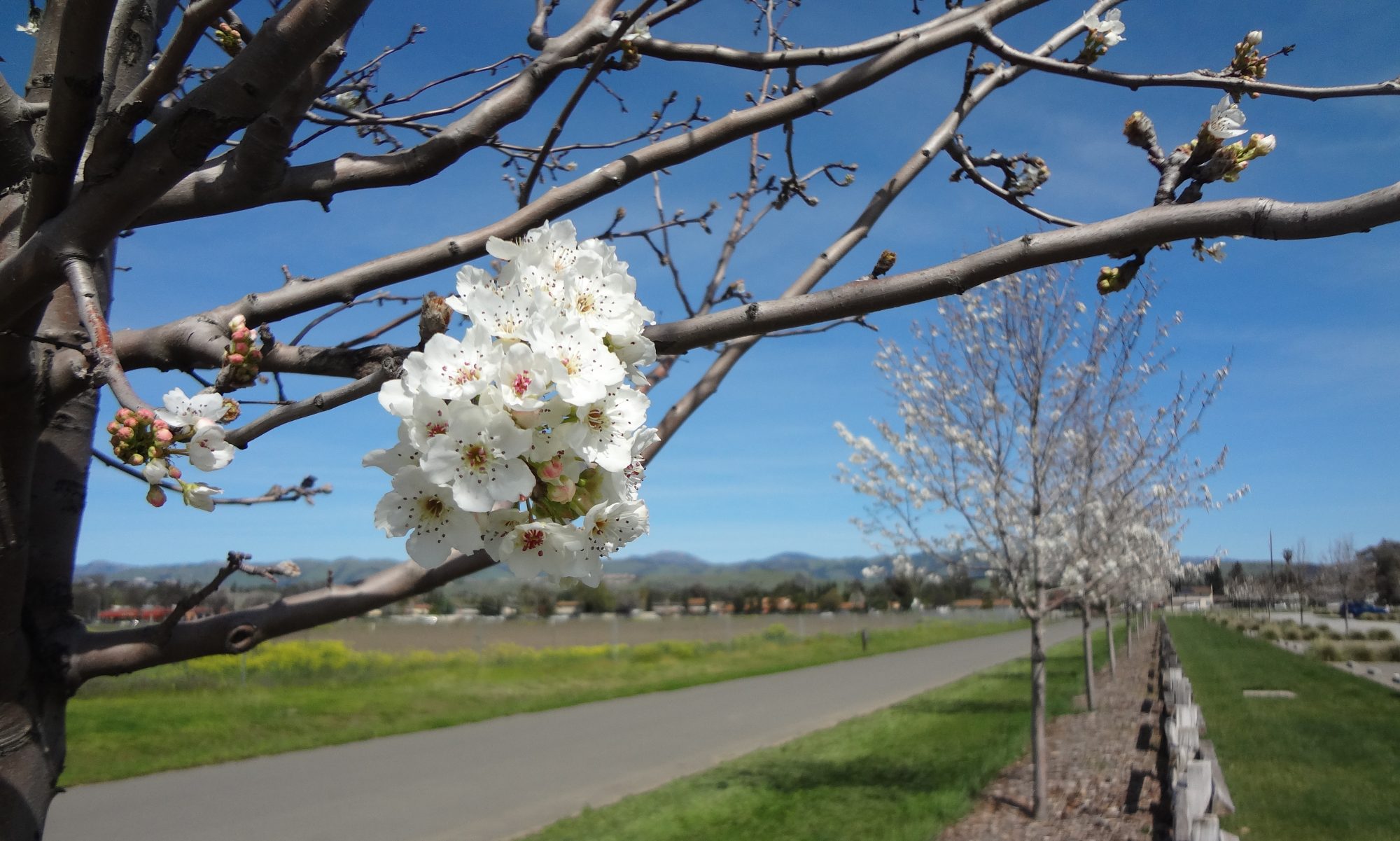
Traveling around in #SanJose and #NearbyToSanJose at 825 mph on our spinning planet.
North San Jose

Mural by artist Xiangfei Bai (https://byfwfxf.wixsite.com/baibai/), painted with local youth and volunteers, found at Alviso County Park.



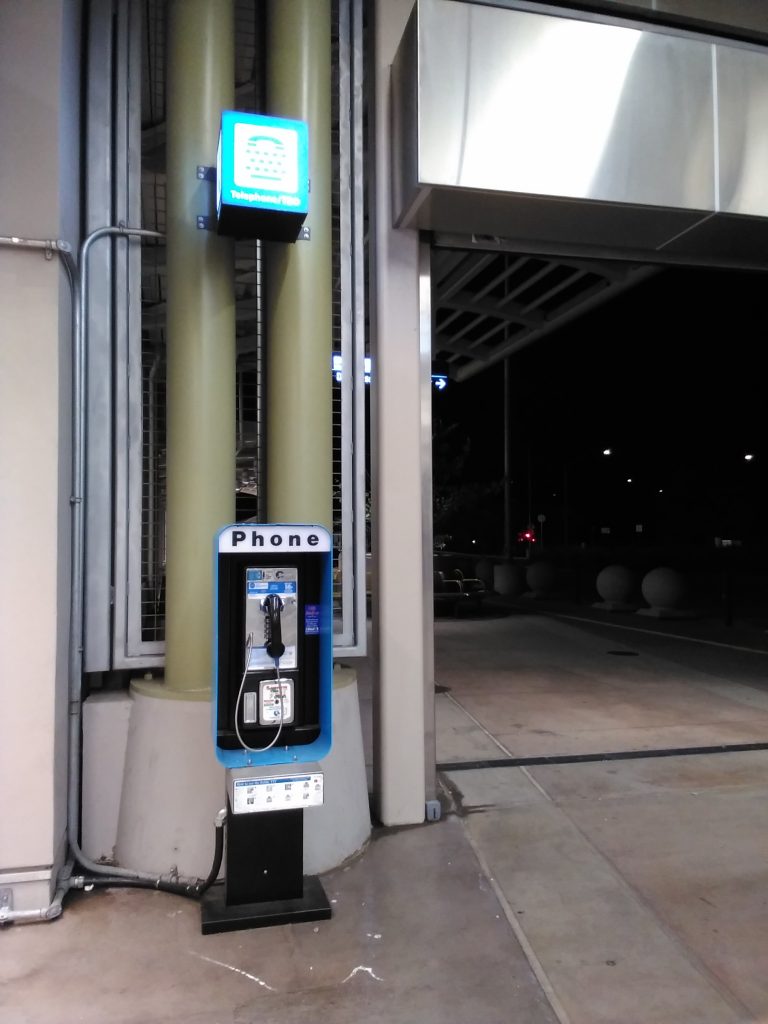
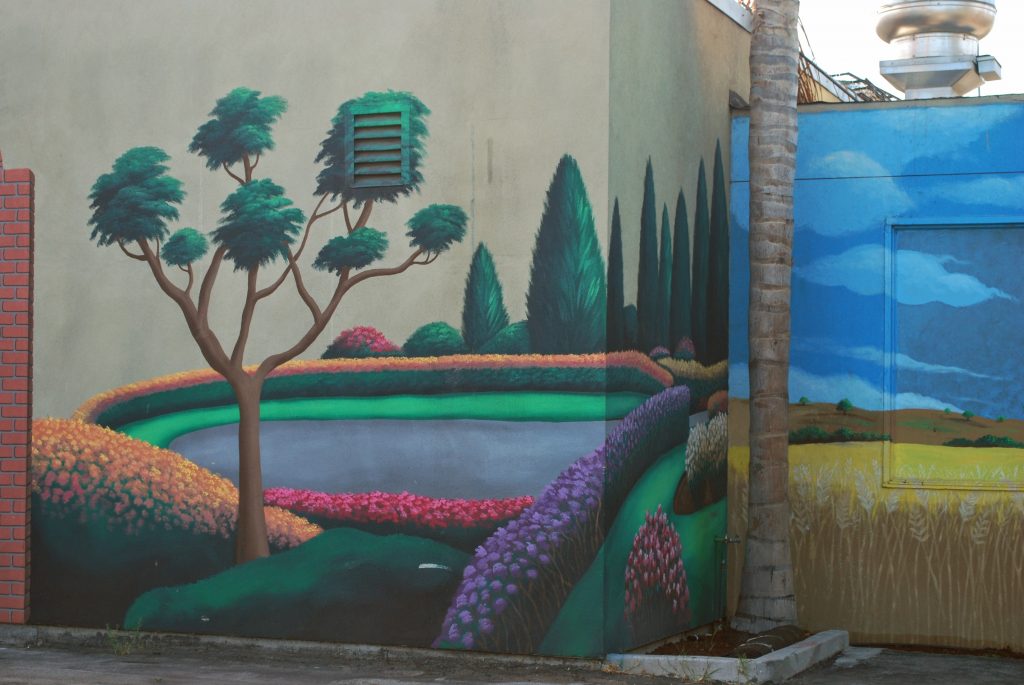
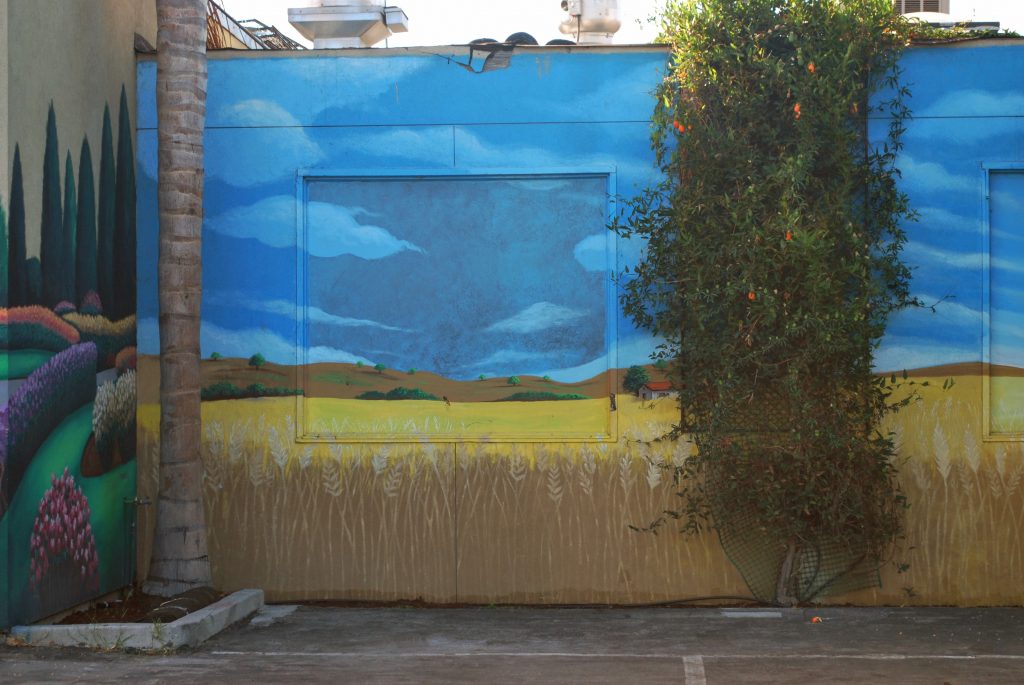
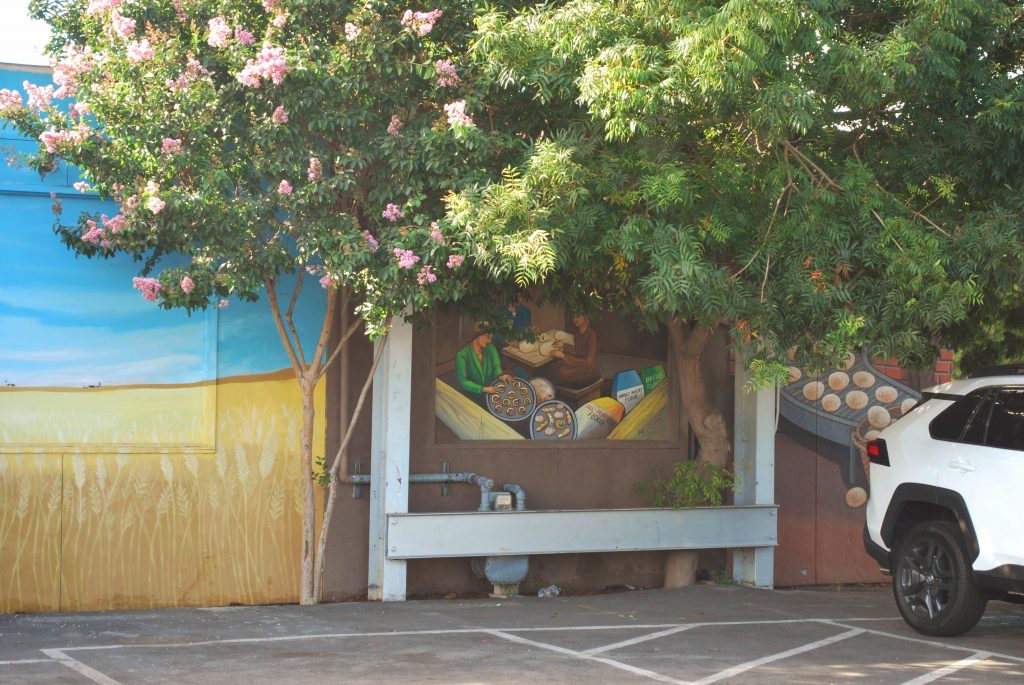
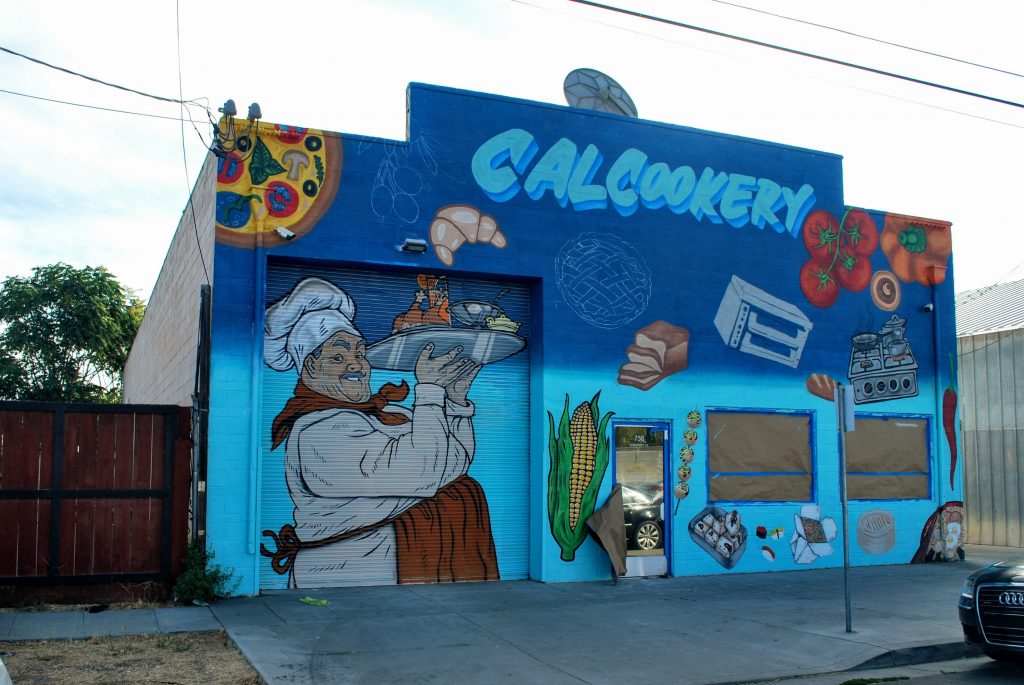
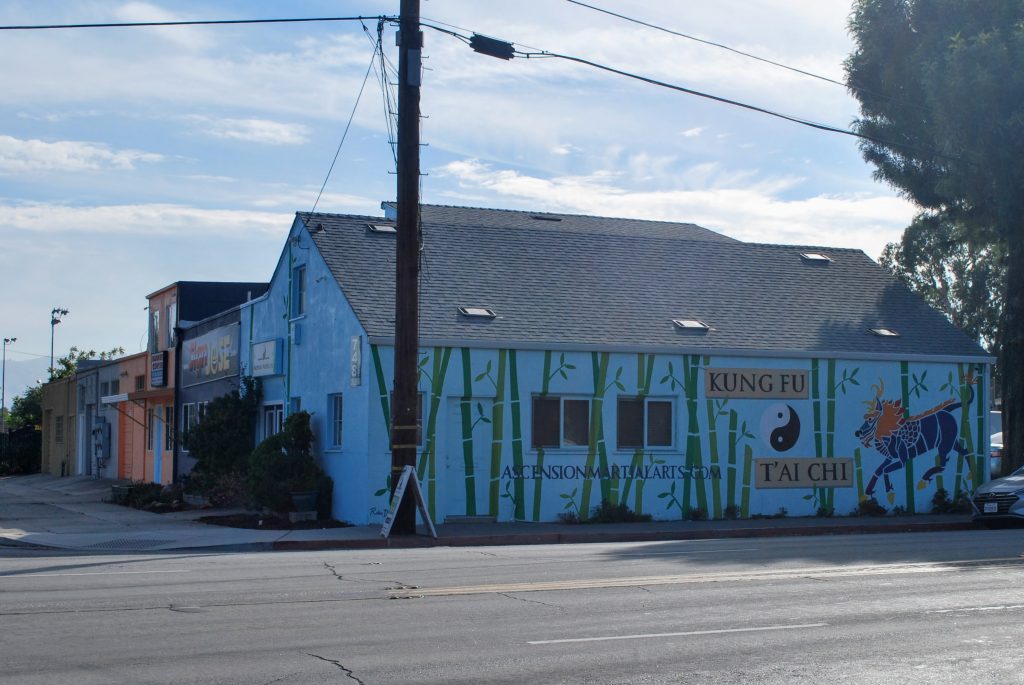
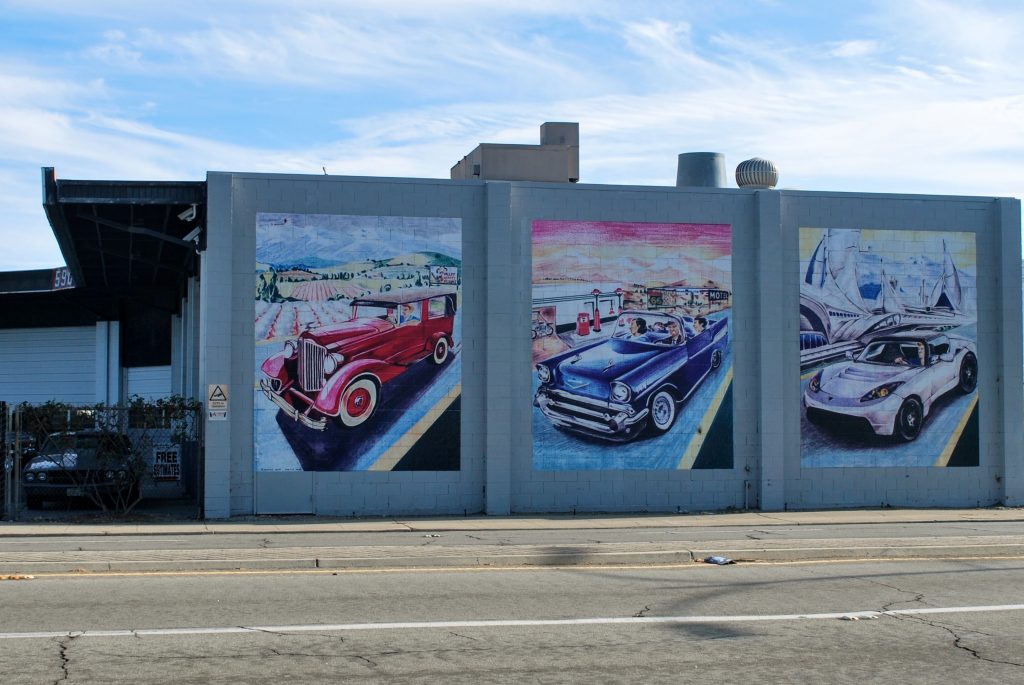
George Mayne Elementary in north San Jose
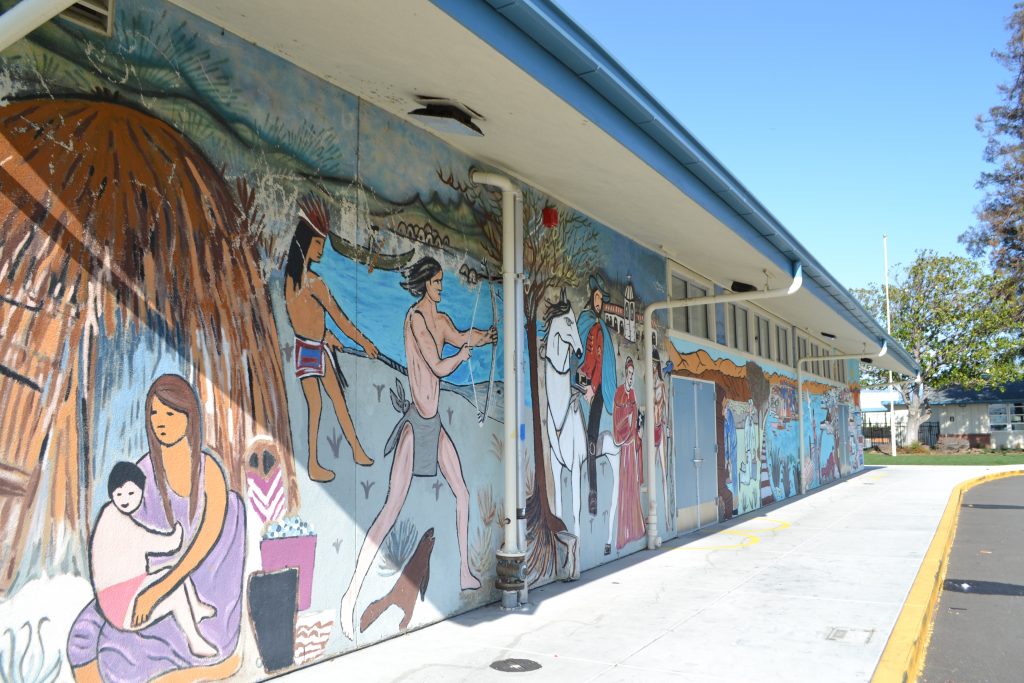
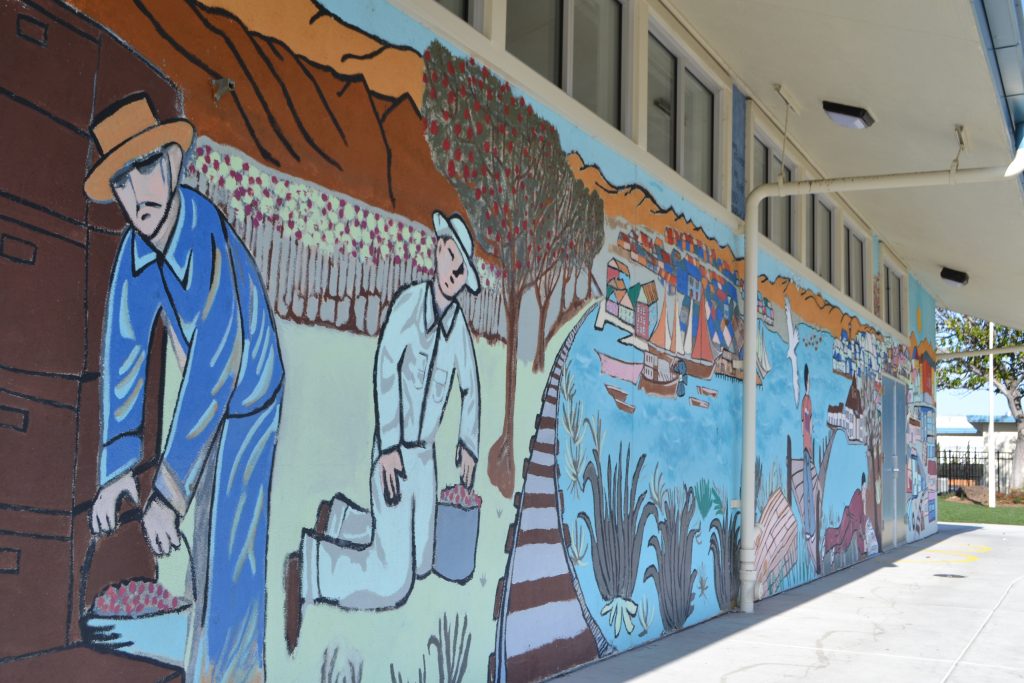
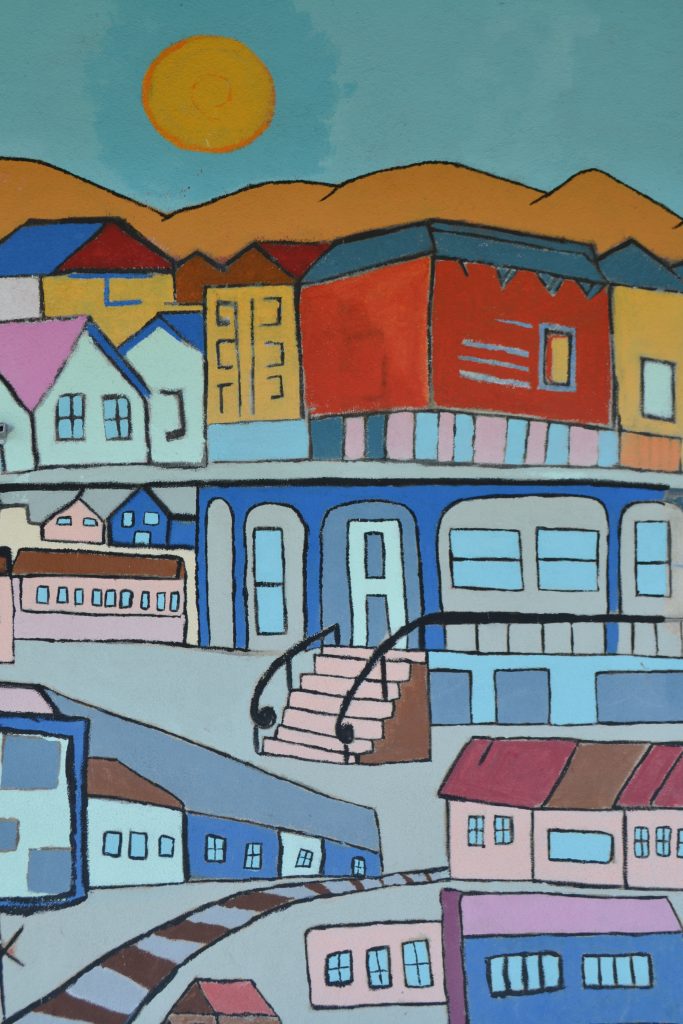
Del Roble Elementary in south San Jose
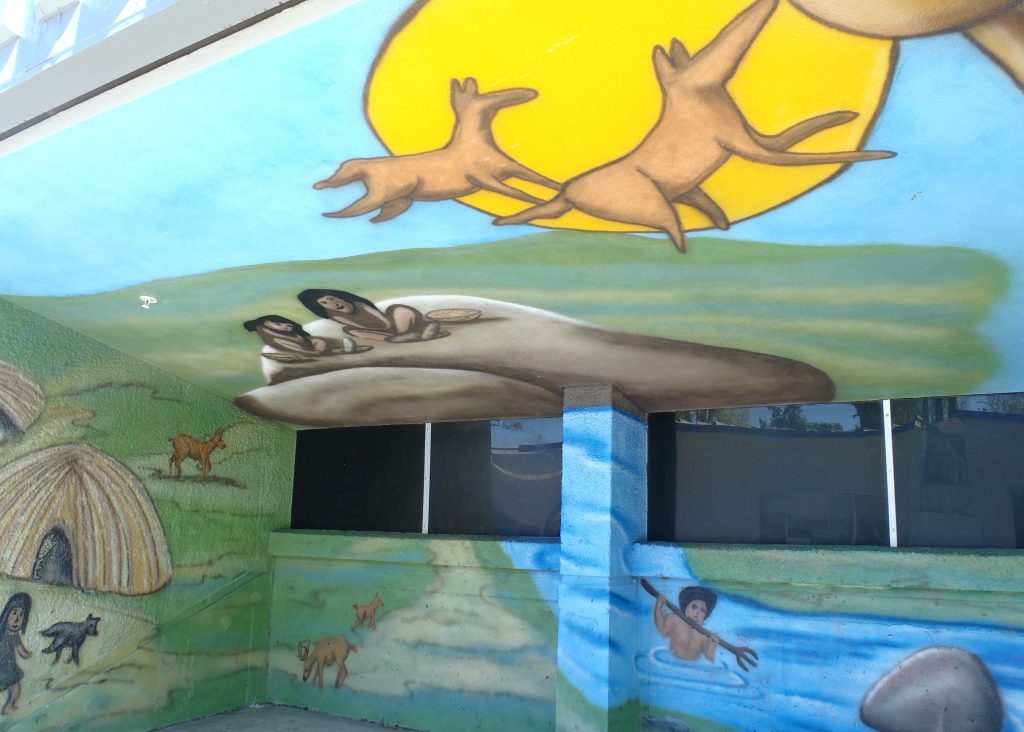
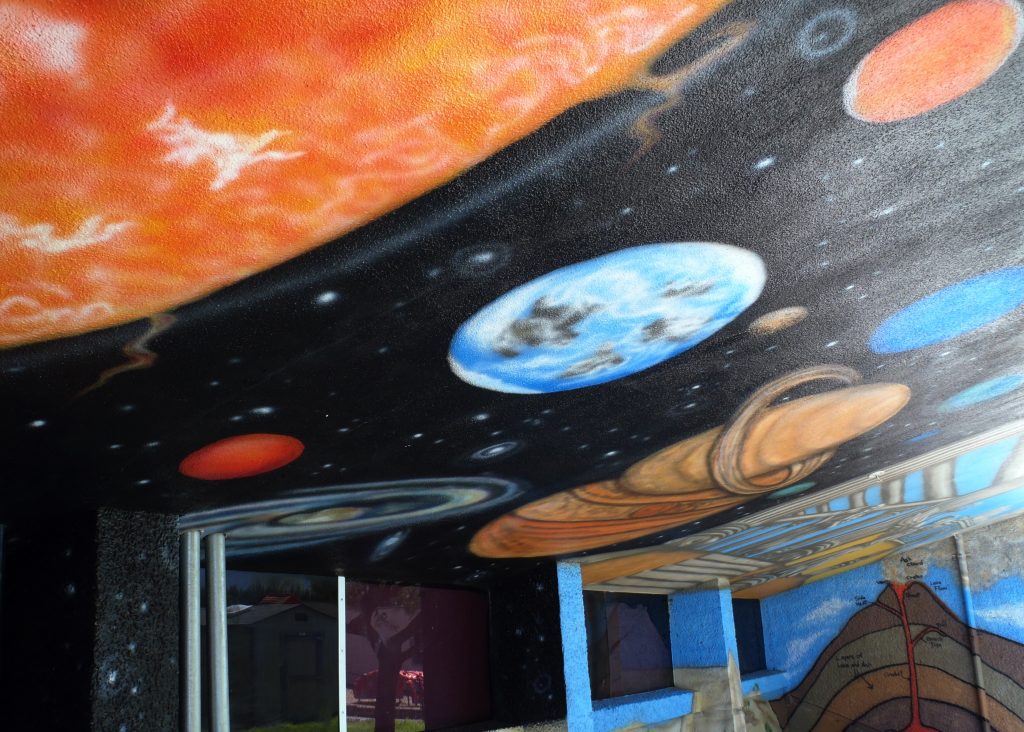
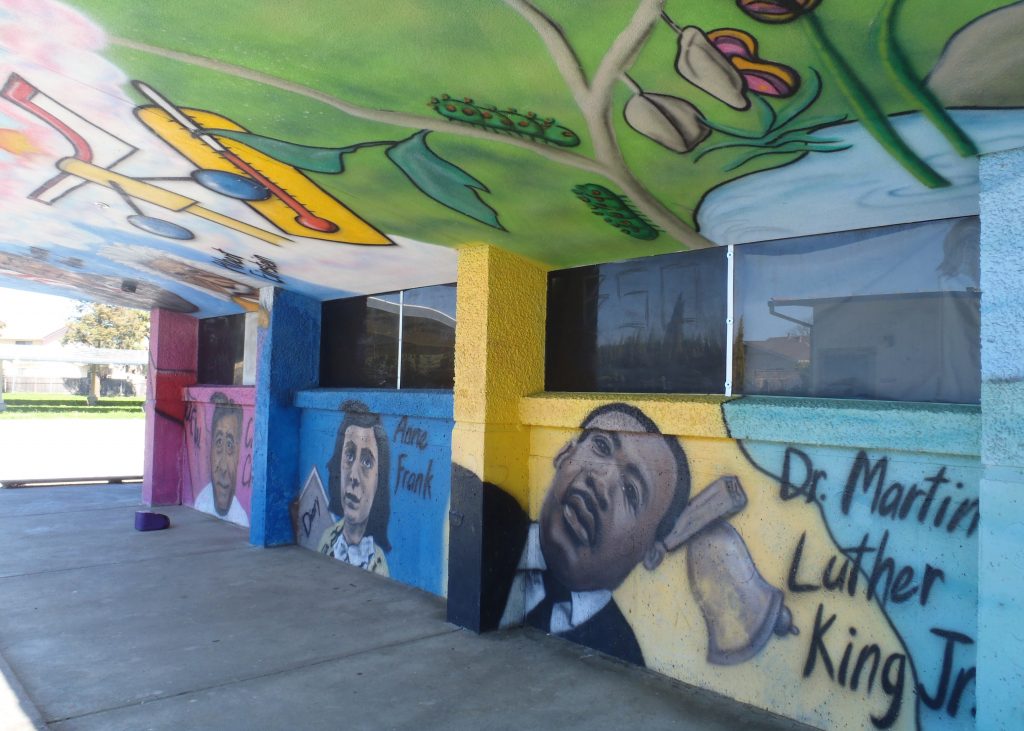
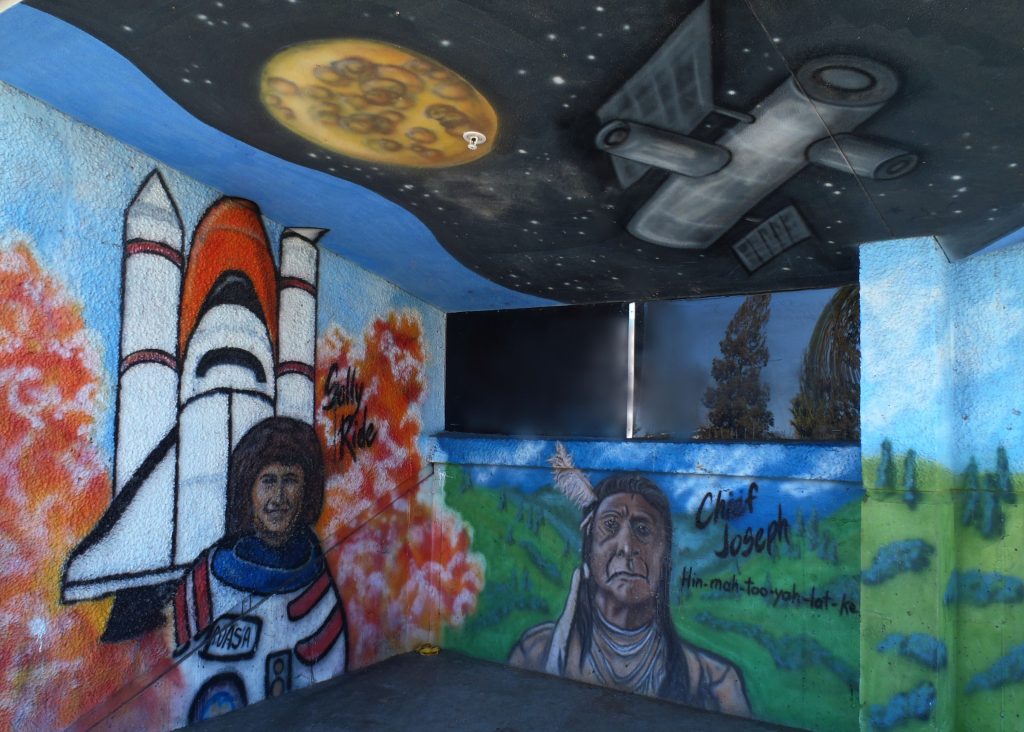
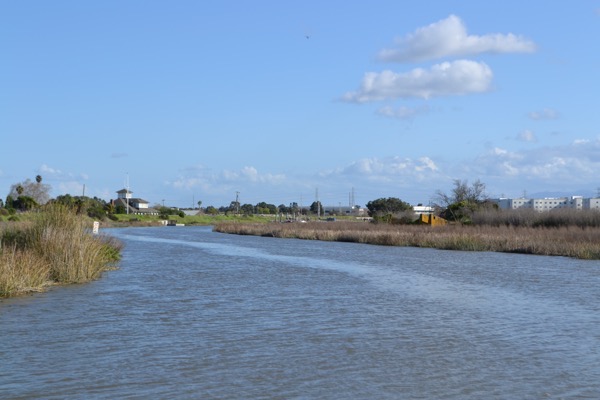
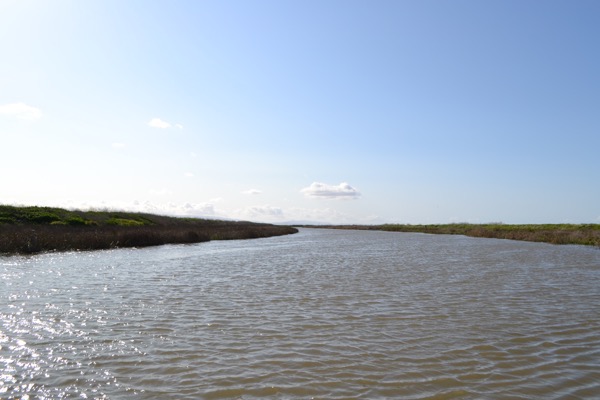
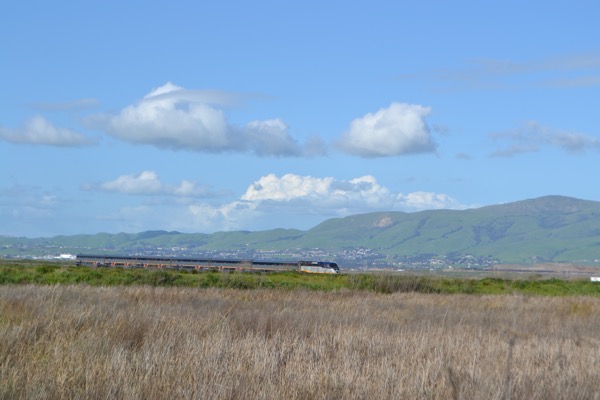
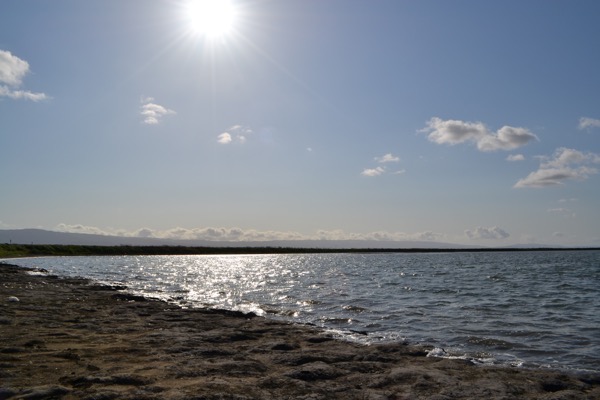
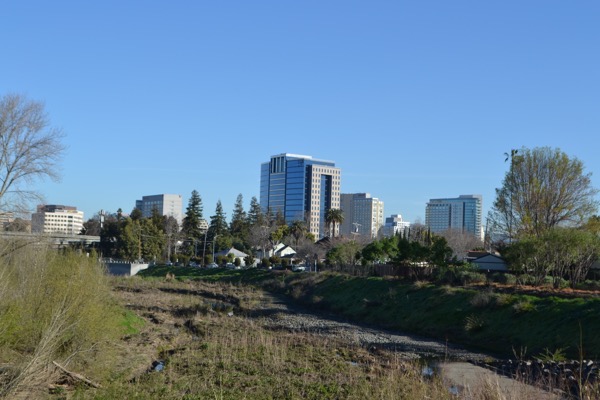
(First view of the river at the southern start of the trail.)
The Guadalupe River runs through San Jose beginning at Lake Almaden in south San Jose where streams combine, winding through San Jose’s heart, collecting more tributaries, and flowing into the San Francisco Bay at the northern tip of San Jose. There is no continuous trail along the entirety of the river, yet. There is, however, the Guadalupe River Trail which begins very close to the Tamien Light Rail and CalTrain stations and continues uninterrupted all the way out to the San Francisco Bay. That is a smooth 11 mile trail of adventure full of nature, urban life, art, and contemplation. In fact, it is a bit like a self-guided museum tour with informational plaques and lots to appreciate. I was inspired to make this ride after reading an article on baynature.org that I recommend and that inspired me to look for several historical points along the trail. But of course, I found so much more by going in person.
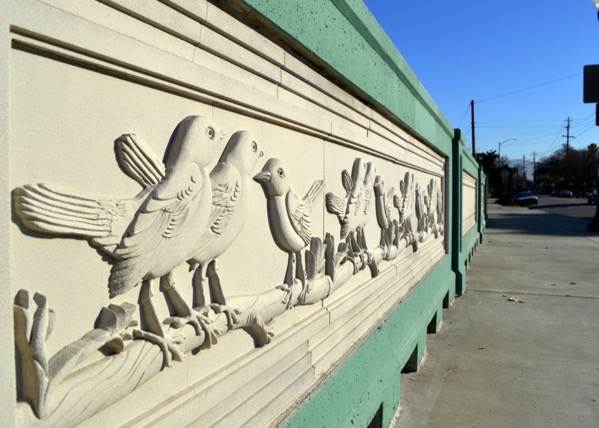
(Over this bridge’s ornamental guard rail is the Guadalupe River at the start of the trail.)
I took my bike on Light Rail to the Tamien station. From there, I went north a bit to the start of the trail. I thought it might take a couple of hours to travel the 11 miles as I would be stopping here and there instead of just commuting through it. I found that I stopped a lot more than I expected and happily took four hours to enjoy the trail. I likely would have taken longer had I the opportunity and will surely visit this trail and various parts of it again.
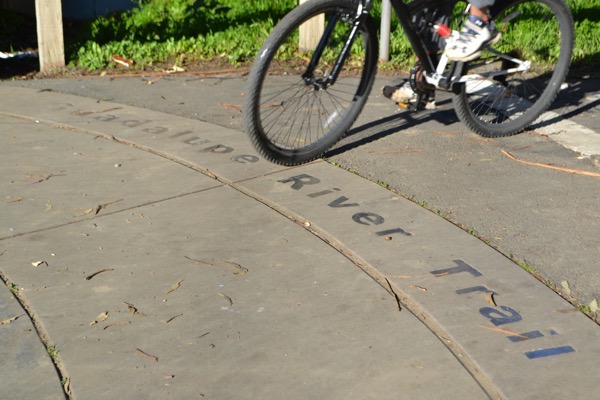
(The trail begins.)
Immediately upon entering the trail I found the first informative plaque. I loved these, reading most of them that I found along the way. I learned so much like why the area is called Tamien, that Goosetown is far more historically significant than just a bar’s name, that San Jose has built underground tunnels in the city to divert heavy rain flows from flooding while preserving some of the river’s ecosystem.
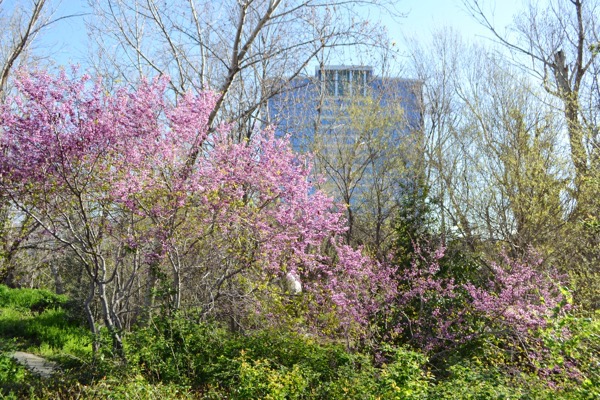
(View of the start of Downtown from the trail.)
Why is it so fun to learn about the land around you? I imagine it must be that sense of connection to the land, to the people, and to the people of history. It is fascinating to imagine the Muwekma tribe of Ohlone Native Americans living along the Guadalupe River in what is now San Jose. To imagine life for hundreds of years in a different culture than we have today. To see in one’s mind the establishment of San Jose way back in 1777, well before it was part of the US and just one year after the US was formed. To imagine transformations of our land under Native care, Spain’s rule, Mexico’s rule after gaining independence from Spain, and then as part of the United States of America. Later, the influx of diversity including the Italian immigrants of Goosetown building foundations for a rich history in the city, the development of China Town where now stands the Fairmont Hotel, Japan Town which continues to thrive, and so much more. As California became a state, San Jose served briefly as the first Capitol of the state. There is so much history here and so many intriguing humans have walked this land before us, so many intriguing humans share this land with us now.
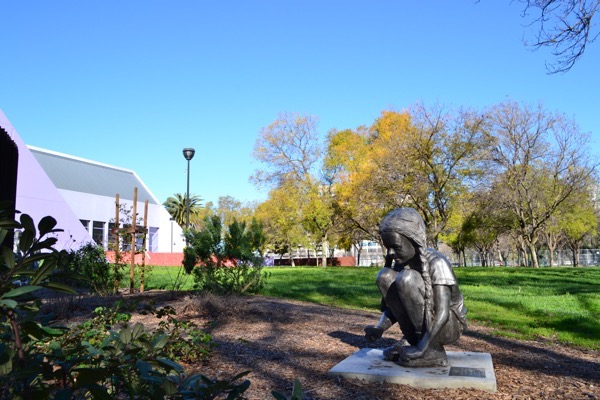
(There are several statues along the trail of children discovering their environment. This young lady is exploring outside the Children’s Discovery Museum.)
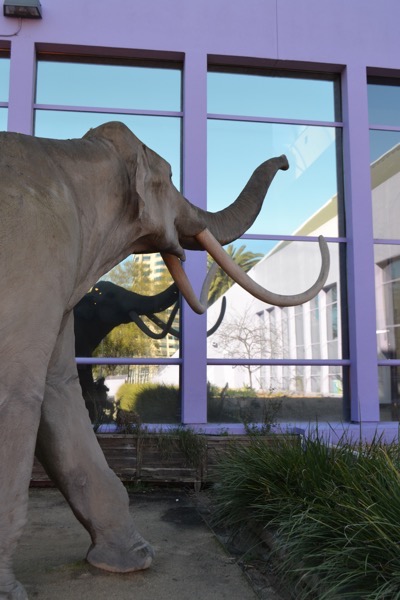
(Mammoth statue peeking in. Not the last one you will see near the trail.)
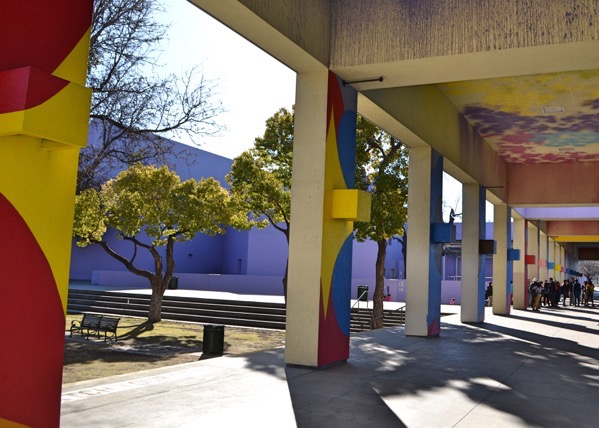
(Halls along the Children’s Discovery Museum and Light Rail station.)
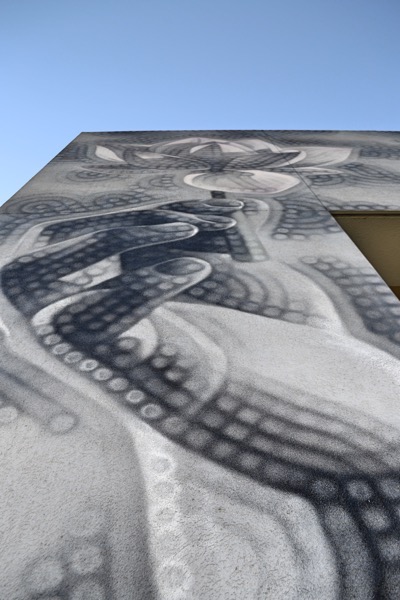
(A close up of Sophie’s hand.)
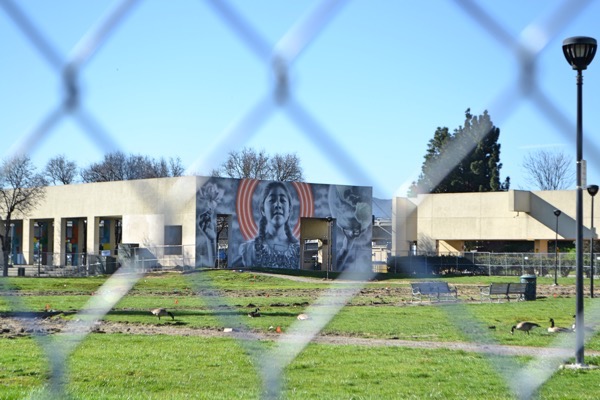 (Discovery Meadow is being refurbished. In the distance you can see the mural: “Sophie holding the world together.”)
(Discovery Meadow is being refurbished. In the distance you can see the mural: “Sophie holding the world together.”)
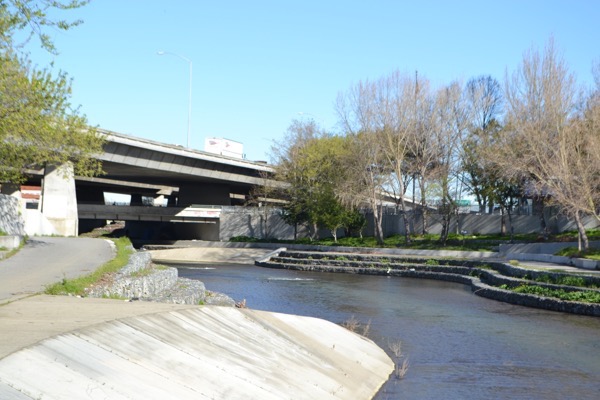
Most of the river in downtown had paved trail on both sides of the river. Further North, there was usually trail on both sides though at times one side would be gravel.
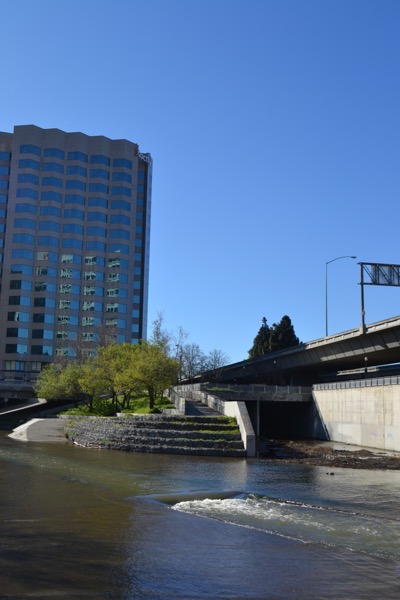
I have seen this building pictured above along highway 87 for years and never thought, as I drove along, that the river was so close at hand.
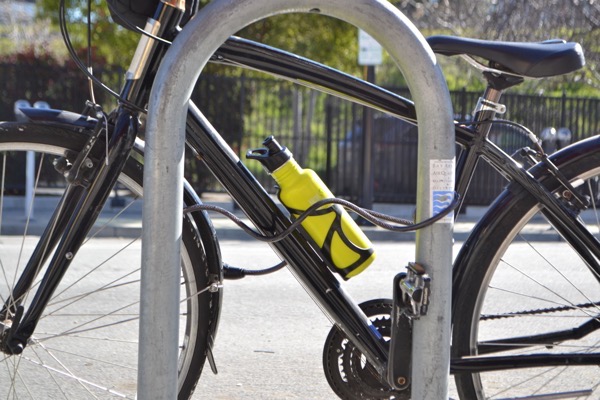
(A stop in Little Italy for a delicious cup of coffee.)
A couple of revelations came to me as I made the 11 mile bicycle journey, following the river to the bay. One appreciation is that I enjoy the smell of nature and while traveling the river, one can smell a change. At the south of downtown it has the thick vegetative smell of damp mud and plants. As you go north, it changes so that north of downtown it has that sweet smell of tule reeds in the marshes of the river. Both smells are excellent and different. A second revelation is that my mental map came together more in one afternoon on a bike than it had after many years of driving. So many times I heard myself thinking “that is right there?” Suddenly numerous places I have driven to or through became interconnected in a way they had never been before. A third revelatory thought that I had often along the rive was “What? The river was right here when I was driving over there all this time?!” Of course the Guadalupe River flows along Hwy 87, it is after all the Guadalupe Parkway. But I never realized the number of times I was driving right along the river, or over it, or that the, now obvious to me, path of trees indicate the banks of the river. Any one of those revelations alone would have made the ride worth it.
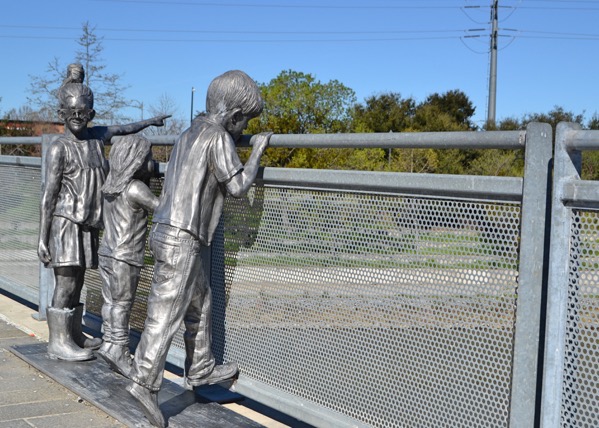
(This is one of my favorites of the children statues along the trail. These kids are looking over the rail at the river.)
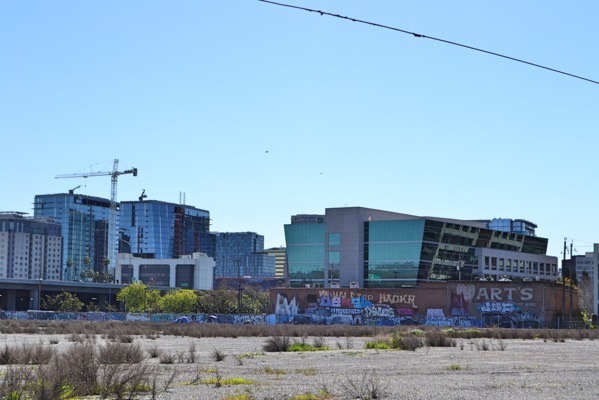
(Beyond the empty lot, amongst the development, notice a piece of history on the old brick wall… “Hart’s.”)
Do you remember Palm Pilots? Before there were smart phones? That shiny building on the right of the photo above was theirs back in the day. Do you see the brick wall in front of it with the painted old advertisement for Hart’s Department Store? That is a piece of history.
In 1933, two white men were lynched in San Jose at St. James Park across from the old court house. The two men had kidnapped the 21 year-old heir of Hart’s Department Store in an attempt to take a $40,000 ransom. The Hart family was a respected and appreciated part of the community and history of San Jose. When the two men accused of kidnapping were caught, they admitted to murdering the young man, Brooke Hart. A mob of San Jose citizens took the captured men and hung them from a tree right in St. James Park where President McKinley had spoken years before in 1901. That was the last lynching in San Jose, and some say in the state. That tree is gone as the city council of the time removed it under police guard to keep people from taking a souvenir. It is an eerie part of history to imagine. And there on that brick wall along a railroad track, between development and an empty lot, is a piece of that history still visible above the graffiti.
Something a bit more uplifting is all of the art that San Jose has on the streets. It has increased dramatically in the last several years and I love it. Several examples are seen along the trail.
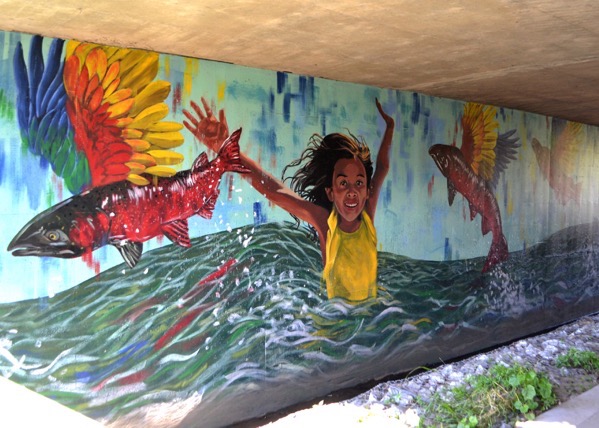
(Mural along a trail underpass.)
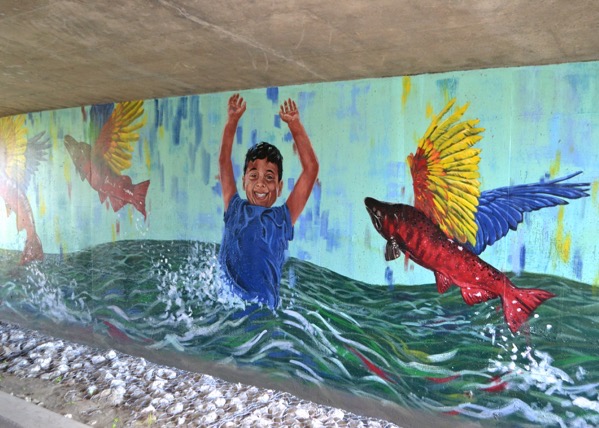
(The rest of this mural.)
I smile just looking at the kids on this mural. The joy of kids playing in water.. it makes me think of my own children playing.
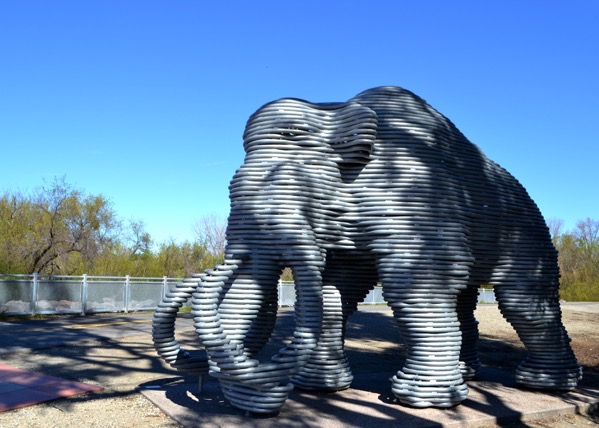
(Lupe the Mammoth.)
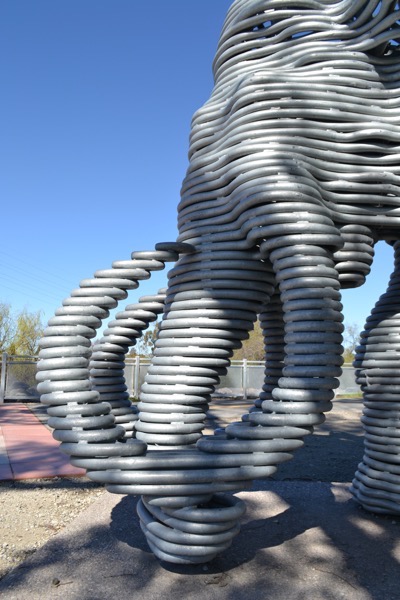
In 2005, a nature lover spotted bones exposed on the banks of the Guadalupe river. It turned out to be a child Columbian Mammoth that has been named Lupe the Mammoth. Lupe roamed San Jose 12,500 years ago. Along the river where he was found, there now stands a life sized statue of him. This was one of the trail’s features that I was on the lookout for and very excited to find. I kept staring at Lupe and wondering who would be more frightened if we happened upon each other unexpectedly. He is a child, right? A child who stands twice as tall as I do. A child with giant tusks. Not sure who would be more startled but I’m fairly sure I would be the first to back out of that encounter.
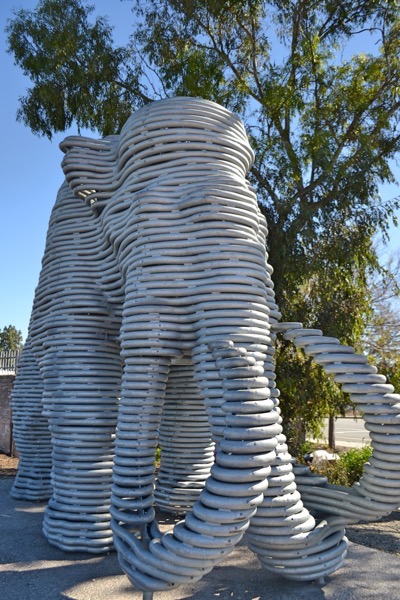
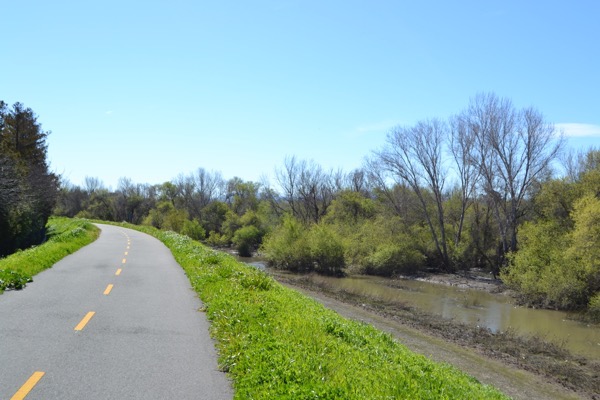
(The river north of the San Jose International Airport.)
It’s not just the natural smell of the river that changes as you head north. North of the San Jose airport the river changes personality as well. The area appearing natural around it is wider there, the smell is that sweet smell of tule reeds, and the feeling of the river is more relaxed.
Traveling north, leaving downtown and the airport, the river path ventures into Santa Clara for a while. There, you see the 49ers stadium, the mansion of James Lick (so much implied history just mentioning his name), and eventually meanders back into San Jose and into the Alviso area at its northern point.
That is when you get to say good bye to the river as it’s water, having traveled from the water shed of the Santa Cruz mountains, and along the Guadalupe River through San Jose, flows into the San Francisco Bay at the northern tip of our city in the Alviso Marina County Park.
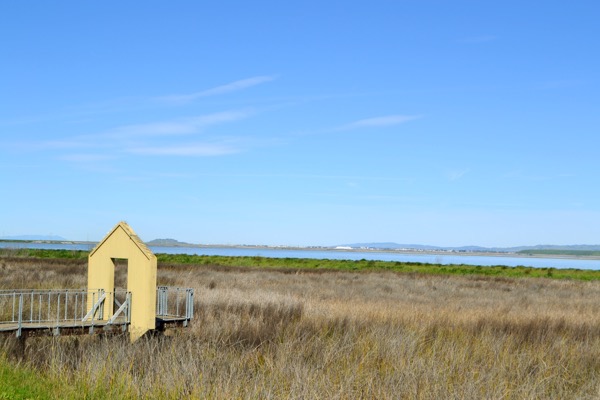
(Views of the marsh land and southern San Francisco Bay from Alviso Marina County Park.)
Notice the small white stripe on the land, near the middle of the photo above, on the land just the other side of the water? That is a GIANT mountain of salt! Salt is harvested through evaporation in southern parts of the San Francisco Bay. It is harvested and piled in to a mountain of salt which grows and shrinks through the cycle of harvest and packaging. Having once lived near to it, I always look for it when I see the bay and can imagine the billions of crystals waiting to end up in our salt shakers.
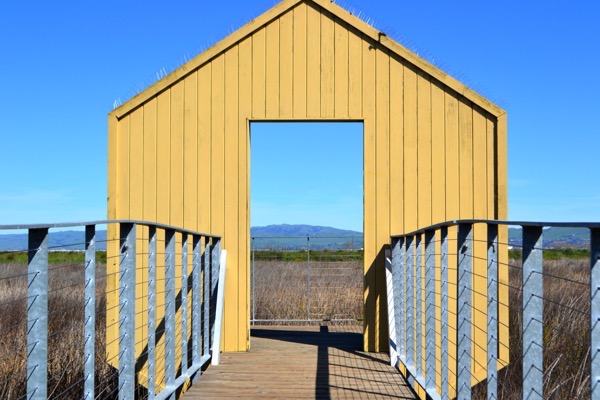
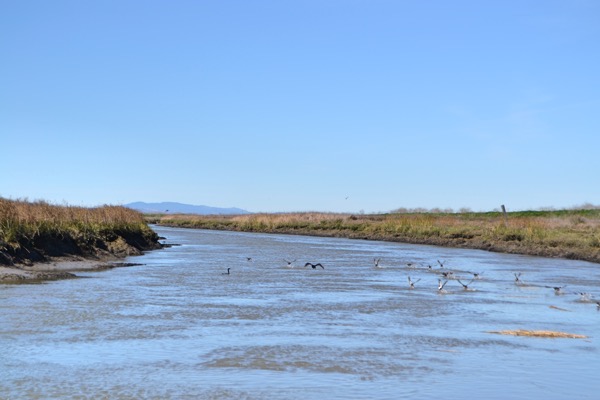
(The end of the river.)
And then it was time to say good-bye. Good-bye Guadalupe River! Out through the Alviso slough you go, into the San Francisco Bay.
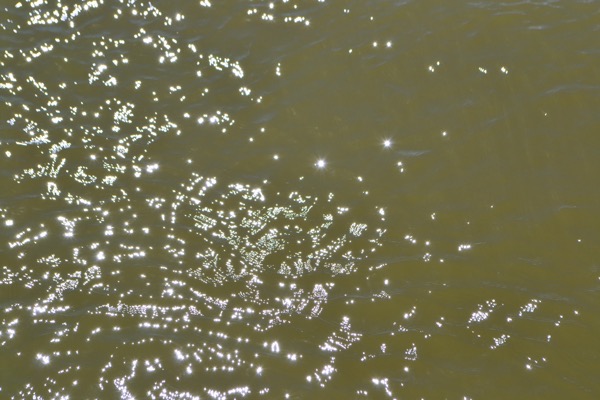
(I think it’s winking bye to us.)
A day well spent enjoying nature, art, and learning. A beautiful day. A new stripe of knowledge has opened up in my mind’s eye when I see the city map in my head. A stripe that is the Guadalupe River Trail.